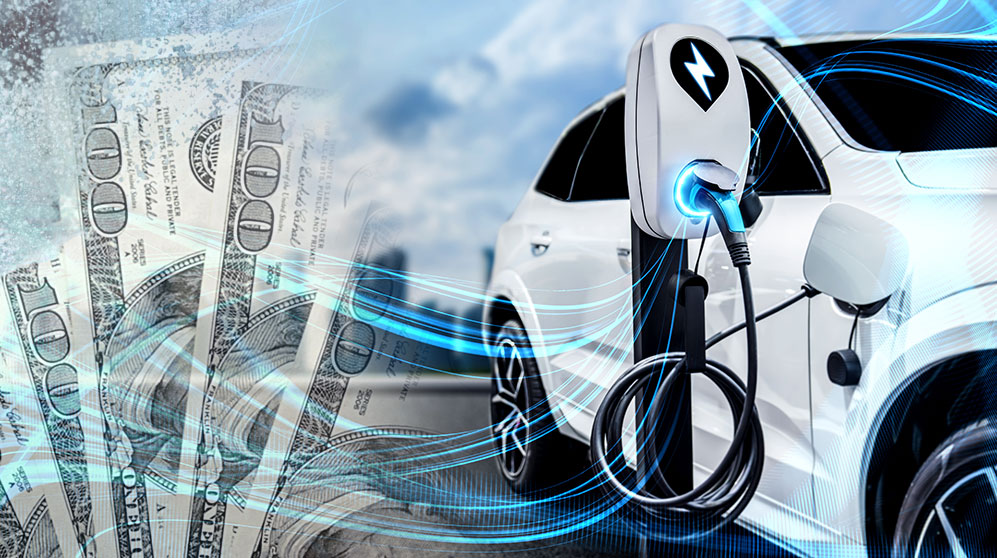Read the Fine Print on the EV Tax Credit
• 2 min read
- Brief: Taxes

Get the latest in Research & Insights
Sign up to receive a weekly email summary of new articles posted to AMG Research & Insights.

The federal government is offering up to $7,500 tax credits to folks who purchase electric vehicles (EVs) starting this year—it’s one of the highly hyped provisions of last year’s Inflation and Reduction Act.
But don’t rush to the dealership and throw your money down. There are stipulations. A lot of them.
The vehicle must be purchased or leased by the taxpayer, cannot be used for resale, must be made by a qualified manufacturer, and weigh less than 14,000 pounds. Further, the vehicle must be propelled to a substantial extent by an electric motor, with a minimum capacity of seven kilowatt hours, and can be recharged with an external electricity source.
You may be sitting there saying, “Wow, these are all simple requirements; surely my dream car qualifies.”
Unfortunately, that’s just the start. The new law caps who can qualify to individuals earning less than $150,000 gross income annually, $225,000 for head-of-household tax filers, and $300,000 for joint couples. The price of the vehicle itself must not surpass $80,000 for SUVs, vans and trucks; and $55,000 for sedans and all other vehicles. This number sheds light on the sudden price cuts from companies like Tesla, where they slashed the Model Y starting price to $54,990 and the base AWD Model 3 to $53,990.
Also, the $7,500 deduction bifurcates into two sub-credits, with an equally weighted $3,750 for critical minerals and battery components. To be eligible for these credits, the vehicle must meet requirements of North American production. For the critical minerals portion, the minimum percentage of a battery’s minerals that must be processed or extracted in North America is 40% in 2023 and increases by 10% annually until it caps out at 80%.
A similar story plays out for battery components, with a minimum percentage of 50% in 2023, 60% in 2024 and 2025, then 10% annual hikes until reaching 100% North American production.
Lawmakers appear to have had a dual-headed target when creating this policy. First is to promote electric vehicle sales to low- and middle-income individuals, and the second is to decrease dependency on foreign-made components. In the end, cashing in on the credit is more complicated than initially portrayed.
AMG Has Your Taxes Covered
This information is for general information use only. It is not tailored to any specific situation, is not intended to be investment, tax, financial, legal, or other advice and should not be relied on as such. AMG’s opinions are subject to change without notice, and this report may not be updated to reflect changes in opinion. Forecasts, estimates, and certain other information contained herein are based on proprietary research and should not be considered investment advice or a recommendation to buy, sell or hold any particular security, strategy, or investment product.
Get the latest in Research & Insights
Sign up to receive a weekly email summary of new articles posted to AMG Research & Insights.


